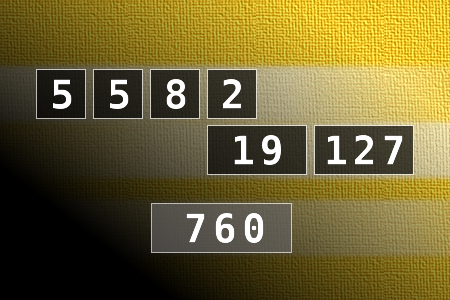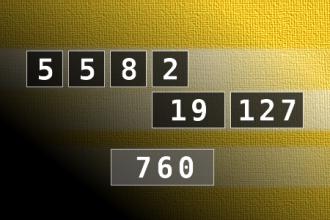Calculate the number 760
NUMBERMANIA: Calculate the number 760 using numbers [5, 5, 8, 2, 19, 127] and basic arithmetic operations (+, -, *, /). Each of the numbers can be used only once.Correct answers: 0
#brainteasers #math #numbermania

A couple arrived at the boardi...
A couple arrived at the boarding gate just in time to see their plane taking off. The husband was angry to have missed the plane. “If you weren’t so slow in getting ready,” he complained to his wife, “we wouldn’t have missed the plane.” “And if you wouldn’t have rushed me, we wouldn’t have so long to wait until the next flight,” she replied.

